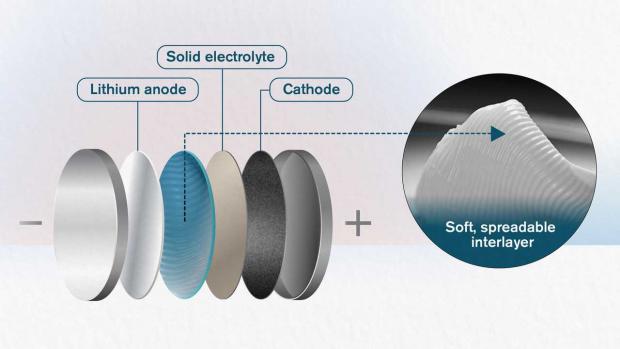
Breaking News
 Common Dry-Cleaning Chemical Linked to Liver Damage
Common Dry-Cleaning Chemical Linked to Liver Damage
 I agree with General Flynn … firing Bondi was AVOIDABLE. FIRE HER NOW! Put in a MAGA AG
I agree with General Flynn … firing Bondi was AVOIDABLE. FIRE HER NOW! Put in a MAGA AG
 A Call to Congress -- Advancing the MAHA Legislative Agenda
A Call to Congress -- Advancing the MAHA Legislative Agenda
 Trump weighing the ouster of Kash Patel, according to sources
Trump weighing the ouster of Kash Patel, according to sources
Top Tech News
 First totally synthetic human brain model has been realized
First totally synthetic human brain model has been realized
 Mach-23 potato gun to shoot satellites into space
Mach-23 potato gun to shoot satellites into space
 Blue Origin Will Increase New Glenn Thrust 15-25% and Make Rocket Bigger
Blue Origin Will Increase New Glenn Thrust 15-25% and Make Rocket Bigger
 Pennsylvania Bill – 'Jetsons Act' – Aims To Green-Light Flying Cars
Pennsylvania Bill – 'Jetsons Act' – Aims To Green-Light Flying Cars
 New Gel Regrows Dental Enamel–Which Humans Cannot Do–and Could Revolutionize Tooth Care
New Gel Regrows Dental Enamel–Which Humans Cannot Do–and Could Revolutionize Tooth Care
 Researchers want to drop lab grown brains into video games
Researchers want to drop lab grown brains into video games
 Scientists achieve breakthrough in Quantum satellite uplink
Scientists achieve breakthrough in Quantum satellite uplink
 Blue Origin New Glenn 2 Next Launch and How Many Launches in 2026 and 2027
Blue Origin New Glenn 2 Next Launch and How Many Launches in 2026 and 2027
 China's thorium reactor aims to fuse power and parity
China's thorium reactor aims to fuse power and parity
 Ancient way to create penicillin, a medicine from ancient era
Ancient way to create penicillin, a medicine from ancient era
Butter-Like Material Increases Stability In Solid-State Batteries

Can a solid-state battery be considered as such if its solid layers are anointed with a butter-like material? For scientists from four different universities, that can be the answer to making these batteries more stable and ten times more current dense, as a study published at Advanced Functional Materials has revealed.
The butter-like material is far from any dairy product: it is a combination of ionic liquid electrolyte and LAGP (Li1.5Al0.5Ge1.5(PO4)3) nanoparticles. The magic happens when it is placed between the solid electrolyte – made of NASICON – and the lithium anode.
NASICON is the acronym for sodium (Na) Super Ionic CONductor. It is one of the most promising solid electrolytes for solid-state batteries because its conductivity can match that of liquid electrolytes.
The biggest issue with NASICON is that it does not go very well with a lithium metal anode. When they are directly in touch, the result is a chemically unstable interface. That is why researchers from Chalmers University of Technology, Xi'an Jiaotong University, the Technical University of Denmark, and the National University of Defense Technology joined forces to develop the "spreadable interlayer."
In an effort to make this easier to understand, the researchers compared the solid-state battery to a very dry sandwich. Like mayonnaise, the "quasi-solid-state-paste" brings harmony to the elements and keeps them together.



